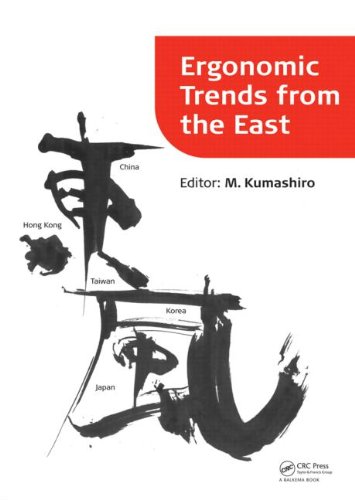

Most ebook files are in PDF format, so you can easily read them using various software such as Foxit Reader or directly on the Google Chrome browser.
Some ebook files are released by publishers in other formats such as .awz, .mobi, .epub, .fb2, etc. You may need to install specific software to read these formats on mobile/PC, such as Calibre.
Please read the tutorial at this link. https://ebooknice.com/page/post?id=faq
We offer FREE conversion to the popular formats you request; however, this may take some time. Therefore, right after payment, please email us, and we will try to provide the service as quickly as possible.
For some exceptional file formats or broken links (if any), please refrain from opening any disputes. Instead, email us first, and we will try to assist within a maximum of 6 hours.
EbookNice Team

Status:
Available0.0
0 reviewsThe term "Human Engineering" was first used in America at the beginning of the twentieth century and was renamed "Human Factors" after World War II. It continous to develop to this day. After it spread to Europe, interest in the subject increased further and was renamed "Ergonomics" in England. Ergonomics is now starting to flourish in East Asia. The East Asian form of ergonomics is similar to when Japan first introduced human engineering in 1919 soon after it was born in America and quickly applied this method to the field of occupational safety and health to implement ergonomics research and practice unique to Japan.
This book covers ergonomics research in East Asia and also some cutting edge ergonomics research throughout the world. It consists of 56 contributions carefully selected from those presented at the meeting "Ergonomic Trends from the East", held in Japan, November 2008. Discussions were held regarding a road map outlining how ergonomics activities in East Asia should progress, as well as the ideal form of a practical standard for qualifications in the East Asian conglomeration. The book will be useful for research on East Asian ergonomics in the future.